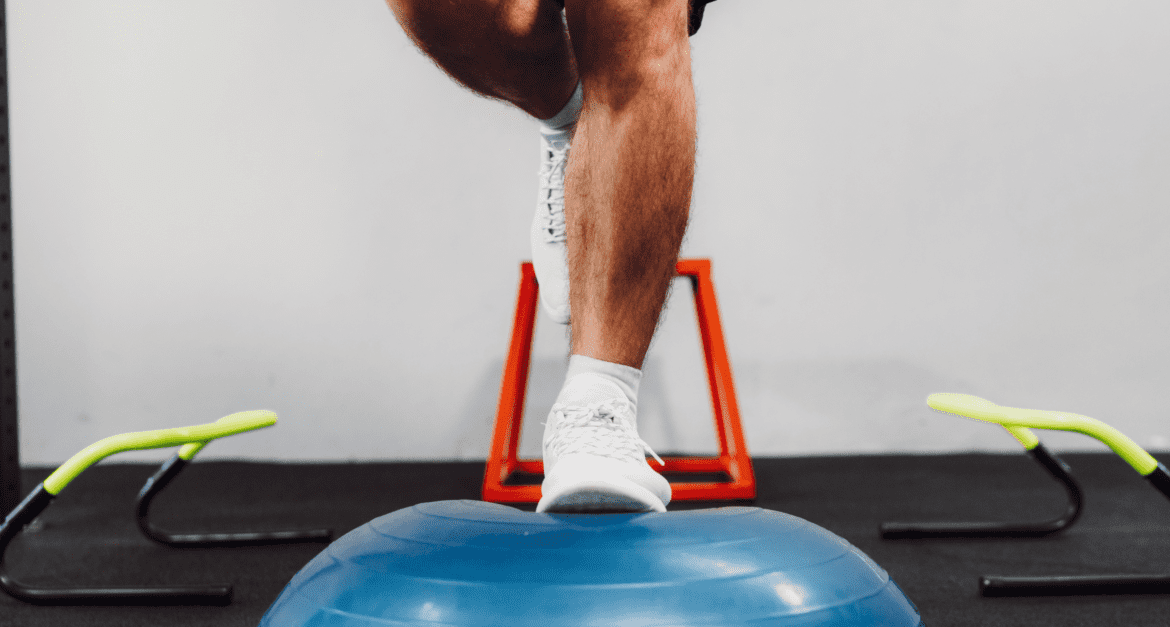Functional Rehabilitation
The science tells us to “function better to feel better”. When the body has been injured because of trauma, overuse, or chronic poor postures, we change how we move to avoid pain; a detour if you will. Our goal is to correct dysfunctional movement patterns and retrain the body to move efficiently again; thus reducing pain, and achieving healthy longevity and sustainable athleticism. Most modern pain management systems place emphasis on the body's “hardware” (X-Rays, MRI, surgery...), at Carolina Pain and Performance we focus on re-booting the body's “software” through specialized exercise.
Functional rehabilitation symptoms, or functional evaluation and proper movement restoration are of central importance to the physicians at Carolina Pain and Performance, which sets us apart from other chiropractors and physical therapists in the area. We take a functional approach when retraining the body to move properly by addressing both the stability and mobility necessary to correct the movement dysfunction up and down the kinetic chain. By giving patients proper exercises to treat the dysfunction, proper movement can be restored which will lead to pain relief and improved performance. This may include in-office exercise, as well as setting up a home exercise program to help hit the ‘save’ button between visits for lasting effects.
At the heart of our rehabilitation mission is to restore your abilities and make you feel less fragile. We want to help you bridge the gap from your current capabilities to your activity goals (e.g. home, work, recreation & sport) in a time-sensitive manner.
Throughout your treatment plan, we will offer advice on how you might be able to modify your existing activities to lower your risk of re-injury but also keep you as active as possible. If you are working with a trainer or coach and provide permission, we will start ongoing communication with them to provide a continuum of care, in and out of the clinic. This comprehensive approach ensures that our patients not only recover but also maintain their improved functionality over the long term through functional rehabilitation treatment.
Frequently Asked Questions
We are in-network with Medicare Part B and the Veterans Community Care Program.
We will provide you with a super bill so you can take advantage of any out-of-network benefits your plan may offer, and your carrier will reimburse you directly.
A thorough medical health history will be taken which is followed by a physical exam. Your doctor will watch you perform various activities such as walking, stepping off a step, standing on one leg, reaching overhead, and others. You may be asked to perform a few simple exercises to see how your body stabilizes. The doctor will also extensively assess your joints and muscles to find which ones may need treatment. After discussing what was found on the examination, treatment options will be discussed. If no red flags are present, an initial treatment may be performed at the discretion of the doctor. There may be instances where imaging will be requested prior to beginning a trial of care. If we do not think we can help you or that you will benefit from another specialist, we will refer you to the appropriate provider.
The initial visit is approximately 40 minutes during which you can expect a detailed history, examination, and treatment. Subsequent visits vary in length from 20 to 60 minutes depending on your condition and specific needs.
No, we do not believe in long-term care plans or pre-pay plans. Our goal is to reduce your pain and get you back to your activity as fast as possible. Most patients experience significant relief or resolution in 8 visits or less. We are happy to help each patient reach their maximum potential but this is always at the patient's discretion.
X-rays may be recommended for some individuals. Referrals are made at the discretion of the clinician and are based on the specifics of the case. Imaging is typically performed following a trauma, for cases that are slow to respond to care, or if any red flags are present during the initial history and exam.
No, you do not have to have your back or neck “cracked”. Your provider will make a recommendation for the best care possible, which may or may not include a manipulation. Still, we will not perform any treatment that you are not comfortable with. We also offer several gentle and low-force alternatives to the standard manual manipulation that can make patients more comfortable and still retain the benefits.
The pop is known as cavitation and is caused by the release of gas. When a joint is gapped, dissolved gas in the synovial fluid forms a bubble and then collapses. This phenomenon is similar to opening the cap of a carbonated beverage and has recently been witnessed during MRI studies. The sound is not caused by bones being put back into place or aligned, this does not happen. Check out this video for more info.
Please wear comfortable clothing that allows you to move freely. Our treatments are frequently active for the patient and we want to maximize our time during each visit.

